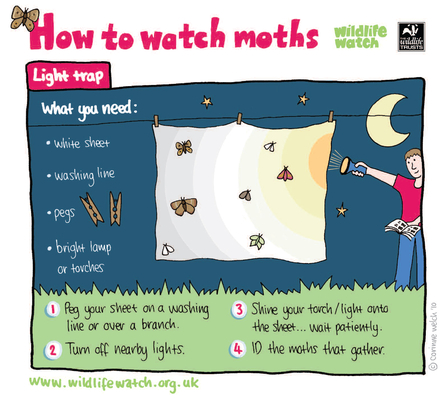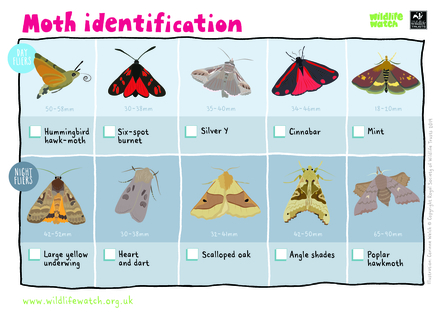Moths are often regarded as bothersome creatures, however they play an important role in the ecosystem from pollinating plants to supporting the food chain, these little creatures quietly make a big impact. As well as this, they come in a huge array of colours, shapes, textures, and sizes!
A beginner's guide to spotting and trapping moths
Garden tiger moth ©Margaret Holland
Moths that can be spotted in London
Moth trapping
Moth trapping isn't harmful it is simply a way of attracting moths so you can view these incredible insects up close!
Here are a couple of ways that you can trap moths!
Make a light trap: Grab a white sheet and a trusty torch. Hang the sheet on your washing line, turn off surrounding lights, switch on the torch, and patiently await the fascinating fluttering guests to arrive!
Transform your bathroom into a moth trap: Turn on the lights in your bathroom and open a window. Close the doors and wait an hour, on warm nights you should have some visitors you can inspect! Remember to catch and release these marvellous moths later on, ensuring their safe return to the night skies!

Moth spotting
If you have made your moth trap or simply want to find out what is fluttering around your bedroom at night, you can use this spotter to help identify what moth's you have seen!

We do hope this guide is helpful to you on your journey of moth discovery. Happy moth-ing!






